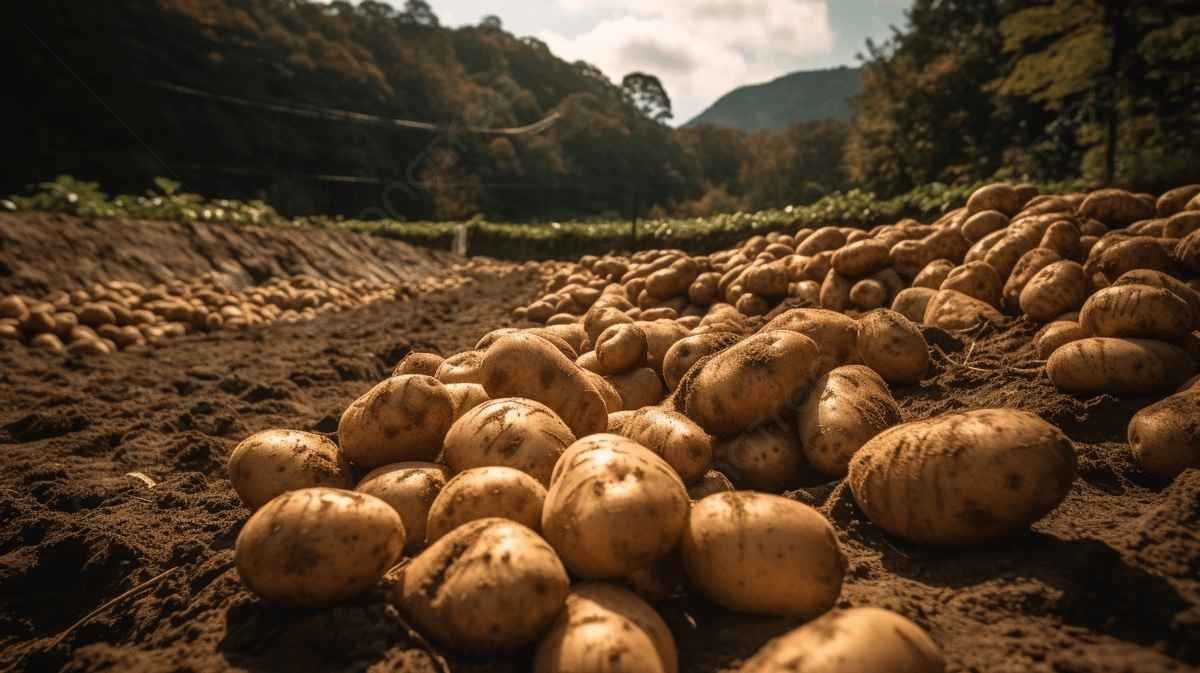Every year on May 30, the world now celebrates International Potato Day, for the love of the humble yet powerful crop that has helped shape civilizations, sustain communities, and fight hunger for centuries.
Designated by the United Nations General Assembly (UNGA) in December 2023, this day aims to raise awareness of the nutritional, economic, environmental, and cultural value of the potato — a crop that truly feeds the present and the future.
It is difficult to not like potatoes. If you do not have a liking for mashed potatoes, you must certainly be obsessed with French fires. In addition to these two most famous adaptations of potato, there are countless other ways in which it is consumed.
But hold on! We will get there step by step. If you are potato lover, you will definitely be scrolling down, because we have compiled some important history, potato’s world voyage, and fun facts about this almost round, almost oval, and most certainly fascinating crop.

A Global Journey Rooted in Resilience
The theme for 2025, “Shaping history, feeding the future,” reminds us of potato’s role in today’s global agrifood systems. Beyond nourishment, potatoes play a critical role in rural development, particularly for small-scale and family farmers — many of whom are women.
Originating over 8,000 years ago in the Andean region of South America, the potato was introduced to Europe in the 16th century and has since traveled across the globe.
Today, it stands as one of the five main food crops worldwide, consumed by about two-thirds of the global population. Whether boiled, baked, fried, or mashed, the potato is much more than a kitchen staple — it is a lifeline for millions.
Potato Dishes Around the World
Potatoes are one of the most beloved and versatile ingredients across the globe, celebrated in countless forms and flavors. From crispy French fries in the USA and Belgium to creamy mashed potatoes in the UK and rich gratin dauphinois in France, each dish highlights the humble potato in a unique way.
Not to forget that these eatables with potato as the main ingredient emerged locally but became popular globally, in almost no time. Think of the French fries, right?
In Canada, potatoes are served as gooey and indulgent poutine, while Spain spices things up with patatas bravas. Italy’s gnocchi turns potatoes into soft dumplings, and Pakistan’s aloo paratha stuffs them into flatbreads for a hearty breakfast.

In Lebanon, spicy batata harra adds a fiery twist, while Germany’s kartoffelsalat offers a tangy take on potato salad. Moving beyond sides and snacks, potatoes also shine in full meals like the UK’s shepherd’s pie or Ireland’s colcannon, where mashed potatoes are mixed with greens.
Switzerland’s rösti serves up crisp golden cakes, while Jewish latkes are enjoyed during Hanukkah traditions. Whether they’re baked and loaded with toppings or fried into spicy chakna in South Asia, potatoes connect cultures through comfort and creativity.
Empowering Farmers, Nourishing Nations
One of the most remarkable traits of the potato is its adaptability. Resistant to drought, cold, and poor soil conditions, the potato grows in a wide range of climates and altitudes, making it a strategic crop for food security — especially in rural areas with limited resources.
Its low greenhouse gas emissions footprint also make it a climate-friendly option, contributing to more sustainable farming practices in the face of climate change.
In the last decade, global potato production has increased by 10%, supporting job creation and income growth. However, to fully harness its potential, continued investment is needed in potato research, sustainable farming, and biodiversity conservation.
The Future of the Potato
With over 5,000 cultivated varieties and 150 wild relatives, the potato boasts an extraordinary level of genetic diversity. These varieties hold the key to combating evolving pests and diseases, adapting to changing environments, and meeting diverse consumer needs.

Preserving this biodiversity is essential to ensure potato’s resilience in the decades to come. Looking ahead, the future of the potato is promising. By 2030, global potato production is expected to reach 750 million tons, with Asia, Africa, and Latin America accounting for nearly 60% of that growth.
This expansion has the potential to lift millions out of poverty and make significant progress toward achieving the UN’s 2030 Sustainable Development Goals (SDGs) — especially those focused on zero hunger, sustainable agriculture, and climate action.
On this International Day of Potato, let us recognize potato not only as a staple on our plates but as a symbol of resilience, innovation, and hope. From the ancient Andean mountains to today’s global farmlands, it continues to feed children and adults; to an extent that it is hard to imagine a world without potatoes.
Areeba Kanwal is a contributor at The Diplomatic Insight and has passion for International Relations and diplomacy.





